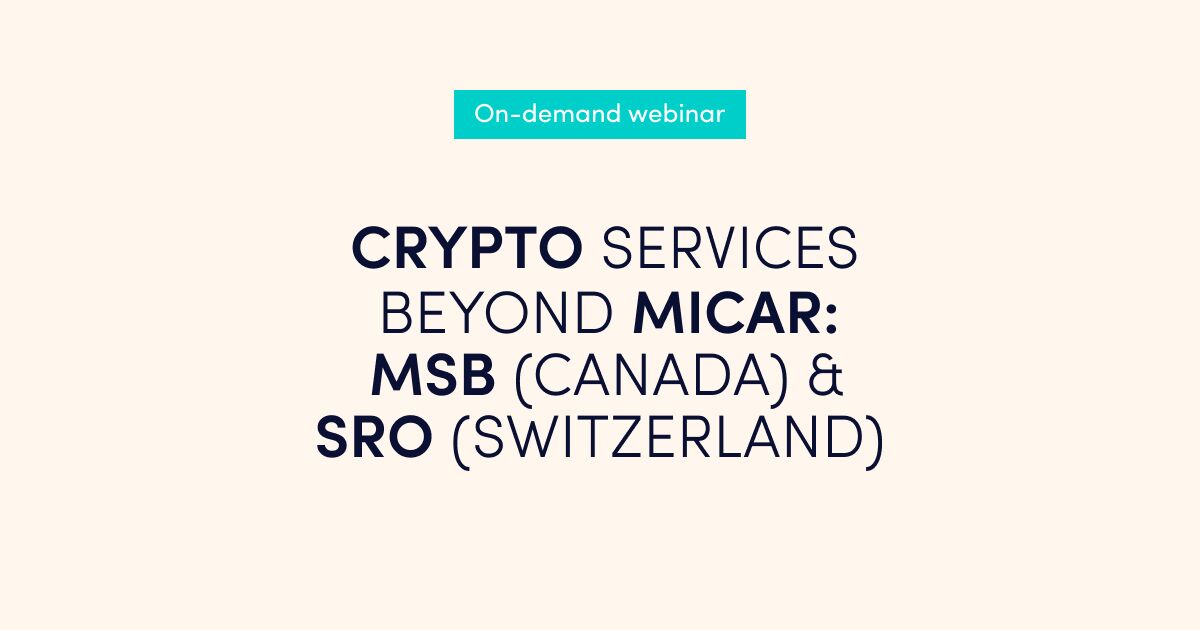In today’s fast-paced financial landscape, the core banking system forms the foundation of a bank’s operations, customer service, and growth strategies. However, as technology evolves and customer expectations shift, outdated or non-flexible systems can hinder rather than facilitate progress. Whether your current system lacks crucial features, inhibits business growth, or struggles to keep pace with regulatory demands, the decision to modernise or migrate to another core banking system is critical.
This article explores the signs indicating it’s time to modernise your core banking system. We delve into the core banking migration strategy, discussing the essential steps and considerations for successfully transitioning to a new system. By understanding when and how to embark on this transformative journey, financial institutions can enhance operational efficiency, improve customer experiences, and position themselves for sustained growth in a competitive marketplace.
When You Need to Modernise Your Core Banking System
Here are six critical signs indicating it’s time for modernisation of your core banking system.
1. To Provide Better Customer Experience
A key driver for modernising your core banking system is enhancing the customer experience. If your current system lacks essential features or is difficult to update, it can lead to customer dissatisfaction. Modern systems offer seamless, omni-channel services, allowing customers to easily access banking services via web, mobile, and other digital platforms. Enhanced user interfaces, various features, and personalised services are crucial for retaining and attracting customers in a competitive market.
2. Difficulty Implementing New Features
Innovation is critical in the banking sector, and an outdated core banking system can stifle your ability to introduce new features and products. If your system does not support changes or implementing updates is cumbersome and time-consuming, it hampers your ability to stay ahead of market trends and meet customer demands. A modern system with a flexible architecture allows for easy and rapid deployment of new features, ensuring your bank remains innovative and competitive.
3. Insufficient Reporting Capabilities
Effective decision-making and regulatory compliance require robust reporting capabilities. If your existing system fails to provide the necessary financial, managerial, and regulatory reports, it can lead to compliance issues and hinder strategic planning. Modern core banking systems come equipped with advanced analytics and reporting tools, providing real-time insights and comprehensive data to support informed decision-making and regulatory adherence.
4. Lack of Operational Efficiency
Outdated software often leads to slow performance, workflow bottlenecks, and frequent system crashes. These issues disrupt daily operations and affect customer satisfaction and employee productivity. Upgrading to a modern core banking system enhances operational efficiency through automation and improved system reliability, resulting in smoother workflows and reduced downtime.
5. Integration Challenges
As financial entities increasingly rely on a diverse third-party services and applications ecosystem, seamless integration becomes crucial. If your current system struggles to integrate with modern APIs and external services, it limits your ability to offer comprehensive and innovative banking solutions. Modern core banking systems are designed with open APIs, facilitating easy and effective integration with various third-party services and enhancing your overall service offerings.
6. High Operational Costs
Maintaining an outdated core banking system can be costly. Frequent maintenance, specialised support, and the inability to automate processes contribute to high operational expenses. Modern systems, particularly those leveraging cloud-based solutions, reduce these costs by offering scalable infrastructure, automated updates, and streamlined operations, leading to significant cost savings over time.
When you evaluate your core banking system and determine it’s time to modernise, but your current provider cannot deliver a solution that meets your requirements, the next step is to prepare for the core banking system migration process.
How to Migrate to Another Core Banking System: Migration Strategy and Steps
Migrating to a new core banking system is a strategic initiative that requires meticulous planning and execution. By following a structured migration strategy and carefully managing each phase of the process, financial institutions can ensure a smooth transition, minimise risks, and fully leverage the new system’s capabilities. This transformation enhances operational efficiency, improves customer satisfaction, and positions the institution for future growth and innovation.
Core Banking Migration Strategy
1. Assessment and Planning:
Conduct a thorough analysis to understand your current system’s limitations and identify the requirements for the new system. Consider scalability, integration capabilities, user experience, and regulatory compliance. The new system should not only meet your current requirements but also anticipate future needs your business may have, such as accommodating new functionalities.
During the assessment and planning stage, ensure you can download your existing database without issues. Your current solution provider should offer a non-transferable perpetual license and acknowledge that the copyright of the content and data solely belongs to you. Having the technical capability to download your database is crucial. However, not all platforms offer this functionality, and creating a new database can be time-consuming and resource-intensive. Check if the existing vendor provides this option.
Engage key stakeholders, including management, IT teams, and end-users, to gather insights and ensure alignment with business objectives.
2. Vendor Selection: Research and Shortlist
Identify potential vendors that offer core banking solutions that align with your needs. Evaluate them based on factors like technology, functionality, support services, and industry reputation. Our latest article explains how to choose the right software and provider.
3. Calculating costs and scheduling time
Establish a realistic budget and timeline for the migration process, taking into account potential disruptions and contingencies.
When calculating total migration costs, ensure you accurately account for all expenses involved in the migration process.
Start with software costs:
- Basic Core Banking Costs: Include software purchase, setup, monthly, and maintenance fees.
- Extra Development and Customisation Costs.
- Integration Costs.
- Software Updates and System Hosting.
Read more about core banking software costs.
Additionally, consider hidden costs related to the migration:
- Time: The process may take longer than scheduled.
- Internal Resources: Personnel involved in the migration.
- Training and Adoption: Necessary staff training.
- Loss of Productivity: Potential decrease in productivity during the transition period.

4. Core Banking System Data Migration Strategy
This strategy involves meticulously planning the transfer of vast amounts of sensitive financial data, ensuring accuracy, consistency, and security throughout the process. Key steps include conducting a thorough data audit to understand the scope and quality of the existing data, followed by data cleansing to eliminate redundancies and errors. A clear mapping process is essential to align old data formats with the new system requirements, providing seamless integration. Employing robust data migration tools and techniques helps automate and streamline the transfer while minimising downtime. Comprehensive testing and validation are critical to verify data integrity and functionality post-migration. Developing a detailed timeline and contingency plans can promptly address potential issues.
5. Integration Planning
Develop an API strategy to ensure seamless integration with third-party services and existing systems. The integration planning process involves detailed mapping of existing systems and their interdependencies to guarantee compatibility with the new software. A comprehensive integration plan includes assessing data flow, identifying necessary middleware, and establishing data migration and synchronisation protocols. Collaboration with stakeholders, including IT staff, vendors, and end-users, is essential to address potential challenges and customise solutions to meet specific needs. Thorough testing phases are imperative to validate integration points and confirm that all systems communicate effectively.
6. Risk Management
Risk management involves conducting a thorough risk assessment to pinpoint areas of vulnerability, such as data loss, system downtime, or security breaches. Developing a robust risk management plan includes establishing clear protocols for risk response, such as contingency plans, regular backups, and cybersecurity measures. Engaging all stakeholders in risk discussions ensures comprehensive coverage and preparedness. Continuous monitoring and real-time risk assessment allow for timely adjustments and proactive mitigation. By implementing effective risk management practices, organisations can minimise disruptions, protect critical data, and ensure a smooth transition to the new core banking system.
Steps for Core Banking System Migration
1. Preparation Phase
Project Team Formation: Assemble a dedicated project team with representatives from IT, operations, compliance, and customer service.
Training: Provide comprehensive training to staff on the new system to ensure a smooth transition.
2. Data Migration
Pilot Migration: Conduct a pilot migration with a subset of data to test the process and identify any issues.
Full Migration: Execute the full data migration following the validated procedures from the pilot phase. Monitor the process closely to address any problems promptly.
3. System Integration
Interface Development: Develop and test interfaces for integrating the new core banking system with existing applications and third-party services.
End-to-end Testing: Perform end-to-end testing to ensure all systems communicate effectively and workflows function as expected.
4. User Acceptance Testing (UAT)
Scenario Testing: Conduct UAT with real-life scenarios to validate the system’s performance and functionality.
Feedback Incorporation: Gather user feedback and make necessary adjustments before the final rollout.
5. Go-Live Preparation
Cutover Plan: Develop a detailed cutover plan outlining the steps for transitioning from the old system to the new one. Include contingency measures for unexpected issues.
Communication: Communicate the go-live plan to all stakeholders, including customers, to ensure they know of potential disruptions.
6. Go-Live and Stabilisation
Execution: Execute the cutover plan and switch to the new system. Ensure all team members are available to address any immediate issues.
Post-Migration Support: Provide robust post-migration support to resolve any teething problems. Monitor system performance closely and address any issues promptly.
7. Review and Optimisation
Post-Implementation Review: Conduct a thorough review of the migration process to identify lessons learned and areas for improvement.
Continuous Improvement: Implement ongoing optimisation and enhancements to maximise the benefits of the new core banking system.
In conclusion, modernising your core banking system and migrating to a new platform is a complex yet essential undertaking for staying competitive in the rapidly evolving financial landscape. By meticulously planning each phase, from integration and risk management to data migration, you can ensure a smooth transition that minimises disruptions and maximises benefits. Leveraging advanced technologies and best practices will enhance operational efficiency, improve customer experiences, and position your organisation for future growth. While the migration process involves significant effort and resources, the long-term advantages of a modern, robust core banking system far outweigh the challenges, paving the way for innovation and sustained success in the banking sector.
Advapay at stake:
How can Advapay can assist you in launching your fintech business?
• Assistance in EMI/PI licencing in the EEA/UK
• Registration of MSB company in Canada
• Delivery of a comprehensive Core banking system encompassing back-office and white-label applications for end-users
• Assistance in payment infrastructure development
• BaaS-solutions in collaboration with our partners – EEA/UK licenced EMIs and PIs









